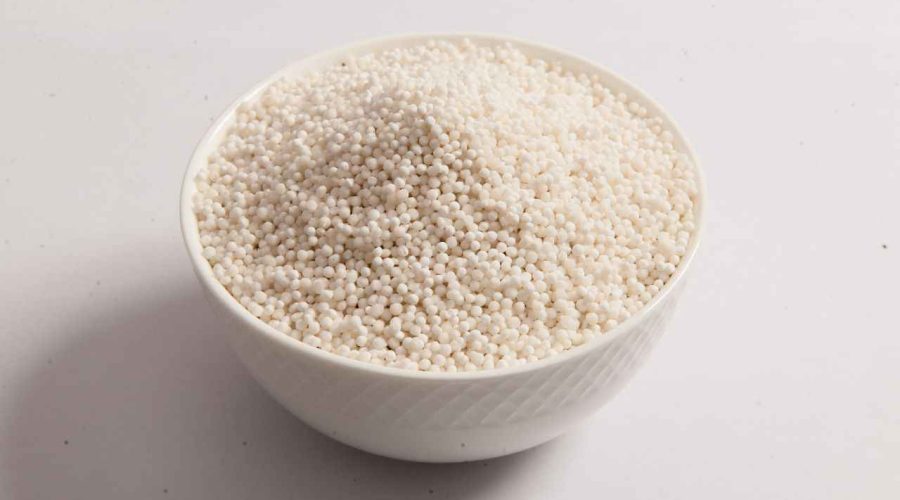Sabudana: All You Need to Know About This Ultimate Fasting Food
Most of us have always considered Sabudana to be a vrat food, but do you know what it is and how it is extracted?
Surprisingly, Sabudana has always been such an underrated food.
Sabudana, also known as Sago, saksak, Rabia, and sagu, is a starch produced from the pith or spongy core of tropical palm trees. It has been a staple for people living in tropical places for centuries.
Sabudana has recently become popular among fitness enthusiasts due to its remarkable health advantages. It is consumed in a variety of ways across the globe. Some prepare it as oatmeal, Khichdi, pancakes, rolls and fries. However, Sabudana is sold commercially as pearls, making it easy to cook.
How is Sabudana Extracted?
Sabudana is extracted from Metroxylon palms by splitting open the stem of a young, unripe tropical tree and removing the pith in the form of a fibrous residue, which is then crushed and kneaded to liberate the starch and then ground into a powder.
The starch is extracted from this powder by kneading it in water over a cloth or sieve. The starch-containing water goes through the container in which the starch settles. This process is done after several times of washing and cleaning the pith extract. The settled starch extracts are washed multiple times before being used for cooking.
Why Sabudana is considered good for Fasting?
Sabudana is a full starch and a pure source of carbohydrates. However, it contains very little protein, fat, and fibre and is devoid of many vitamins and minerals. Approximately 100 grammes of sabudana contains 332 calories.
What makes it healthy is its gluten-free composition and high natural carbohydrate content. This is why this natural grain has traditionally been used in our religious fasts.
Frequently Asked Questions
1. Why sabudana is allowed for fasting?
The primary benefit of eating this dish during Navratri fasting is that it provides you with immediate energy. Everyone and anybody can consume sabudana because it does not cause allergies and is gluten-free. Gas, bloating, and constipation are all alleviated, and it aids in digestion prevention.
2. What happens if we eat sabudana daily?
Sabudana is high in calories and carbs, hence it is not recommended for people who are trying to lose weight to eat it frequently. Additionally, excessive sabudana consumption can cause digestive problems like bloating and constipation, especially in people with chronic diseases like diabetes and heart disease.
3. Does sabudana gain weight?
Sabudana regularly consumed helps with weight growth because it is heavy in calories and carbs. Because it is naturally gluten-free, it can be used in place of items containing wheat by those who are allergic to it. Typically, sabudana is consumed as kheer or khichdi.
4. Can we eat sabudana khichdi during fast?
Trust us, this gadget has the power to make all of your fasting blues go. The highlight of the Navratri post-fasting food is Sabudana Khichdi. It is a delicate dish prepared with sabudana, peanuts, and a splash of spices, but because it is high in carbohydrates, it will provide you with the energy you need for your prolonged fasting hours.

